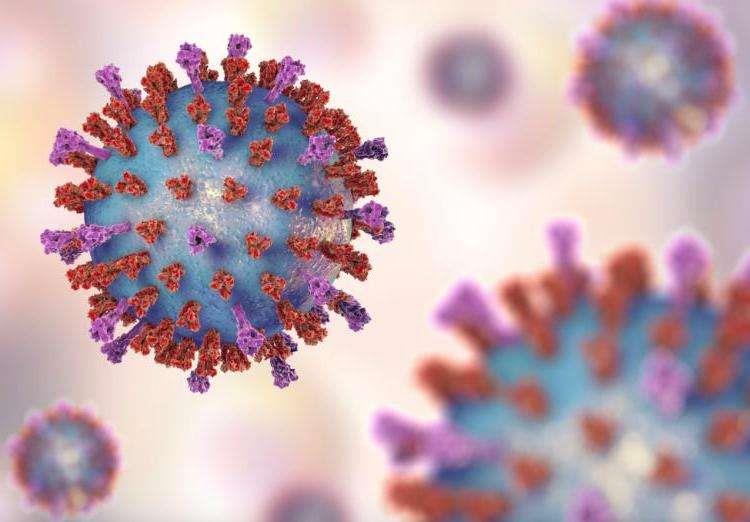
The aminoglycoside antibiotic paromomycin effectively targets not one but two of SARS-CoV-2's weak points—spike protein and main protease, according to a study. In effect, this could stop the virus from getting into a cell and from replicating.
Researchers applied an in-silico approach to examine the potential of multiple antimalarial (n=15) and FDA-approved (n=2,413) drugs to act against both SARS-CoV-2 main protease and receptor binding domain (RBD) portion of the spike protein. They used molecular docking analysis and then run a molecular dynamics simulation to estimate the binding and stability of the complexes.
None of the antimalarial drugs showed strong binding affinity with active sites of either protease or RBD.
Among the FDA-approved drugs, acarbose, colistin, and paromomycin showed the strongest activity against the protease domain, with glide scores of –13.139, –12.63, and –11.579, respectively. On the other hand, framycitin, acarbose, and paromomycin had the highest binding affinity for the RBD, with glide scores of –11.233, –10.49, and –10.01, respectively.
A broad-spectrum aminoglycoside antimicrobial originally used to treat acute and chronic intestinal infections, paromomycin could be tested to reposition its therapeutic target for treating COVID-19, the researchers said. In addition, the glucose-lowering acarbose, which also showed strong binding affinity for both target proteins, could be tested at clinical levels on diabetic patients with the infectious disease.
The dual-target approach applied in this study is more advantageous than a single target, which has been explored in previous investigations, according to the researchers. It is because the approach may keep the virus from entering host cells and halt viral replication at the same time.